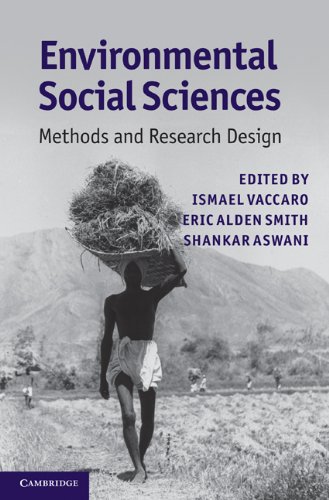

Most ebook files are in PDF format, so you can easily read them using various software such as Foxit Reader or directly on the Google Chrome browser.
Some ebook files are released by publishers in other formats such as .awz, .mobi, .epub, .fb2, etc. You may need to install specific software to read these formats on mobile/PC, such as Calibre.
Please read the tutorial at this link. https://ebooknice.com/page/post?id=faq
We offer FREE conversion to the popular formats you request; however, this may take some time. Therefore, right after payment, please email us, and we will try to provide the service as quickly as possible.
For some exceptional file formats or broken links (if any), please refrain from opening any disputes. Instead, email us first, and we will try to assist within a maximum of 6 hours.
EbookNice Team

Status:
Available0.0
0 reviews
ISBN-10 : 052111084X
ISBN-13 : 9780521110846
Author: Ismael Vaccaro, Eric Alden Smith, Shankar Aswani
The relationship between human communities and the environment is extremely complex. In order to resolve the issues involved with this relationship, interdisciplinary research combining natural sciences, social sciences, and humanities is necessary. In this 2010 book, specialists summarise methods and research strategies for various aspects of social research devoted to environmental issues. Each chapter is illustrated with ethnographic and environmental examples, ranging from Australia to Amazonia, from Madagascar to the United States, and from prehistoric and historic cases to contemporary rural and urban ones. It deals with climate change, deforestation, environmental knowledge, natural reserves, politics and ownership of natural resources, and the effect of differing spatial and temporal scales. Contributing to the intellectual project of interdisciplinary environmental social science, this book shows the possibilities social science can provide to environmental studies and to larger global problems and thus will be of equal interest to social and natural scientists and policy makers.
1 Introduction
2 People, numbers, and natural resources: demography in environmental research
3 Production decisions and time allocation: a guide to data collection
4 Analyzing the politics of natural resources: from theories of property rights to institutional analysis and beyond
5 Extreme events, tipping points, and vulnerability: methods in the political economy of environment
6 Local communities and natural resources: ethnobiology in practice
7 Mapping histories: cultural landscapes and walkabout methods
8 Metaphors and myths in news reports of an Amazonian “Lost Tribe”: society, environment and literary analysis
9 Water decision-makers in a desert city: text analysis and environmental social science
10 Linking human and natural systems: social networks, environment, and ecology
11 Khat commodity chains in Madagascar: multi-sited ethnography at multiple scales
12 Spatiotemporal methodologies in environmental anthropology: geographic information systems, remote sensing, landscape changes, and local knowledge
13 Deep time, diachronic change, and the integration of multi-scalar data: archaeological methods for exploring human–environment dynamics
14 Comparing trajectories of climate, class, and production: an historical ecology of American yeomen
15 Socioecological methods for designing marine conservation programs: a Solomon Islands example
environmental social sciences
environmental social sciences stanford
environmental social sciences journal
environmental social sciences methods and research design
npj environmental social sciences
Tags: Environmental, Social Sciences, Methods, Research Design, Ismael Vaccaro, Eric Alden Smith, Shankar Aswani